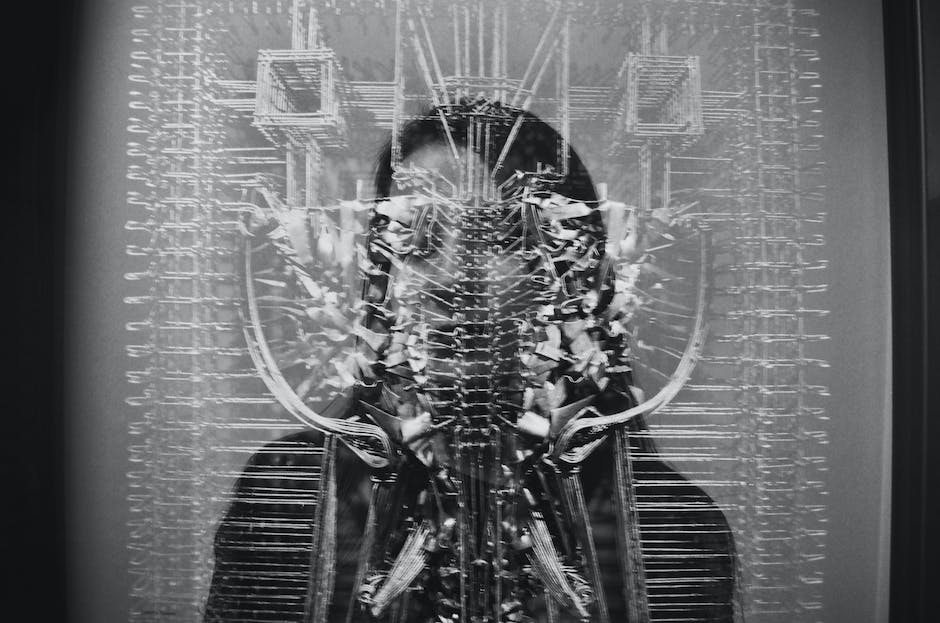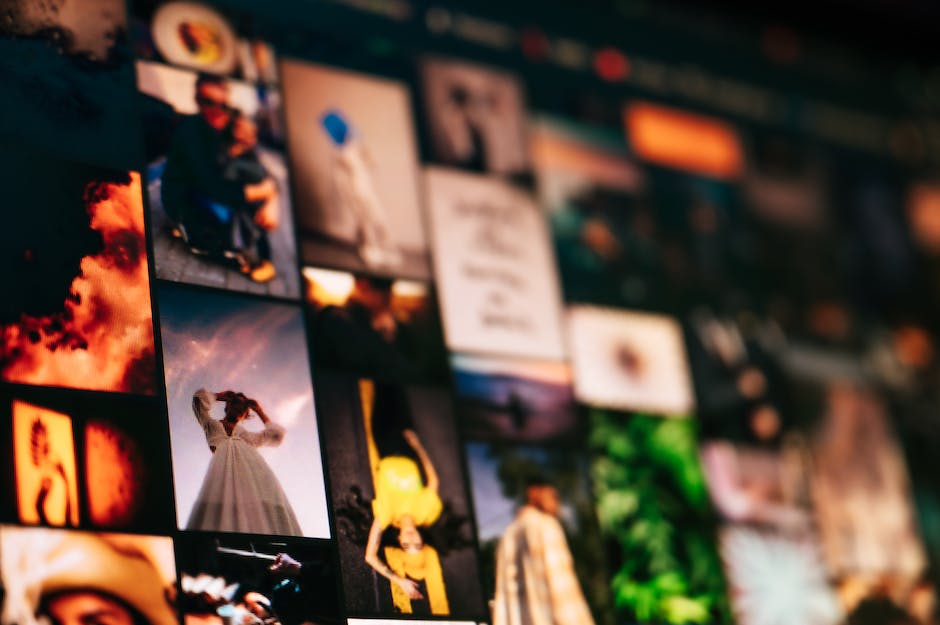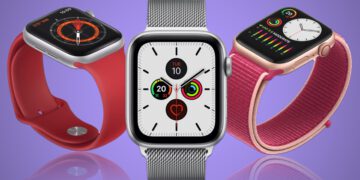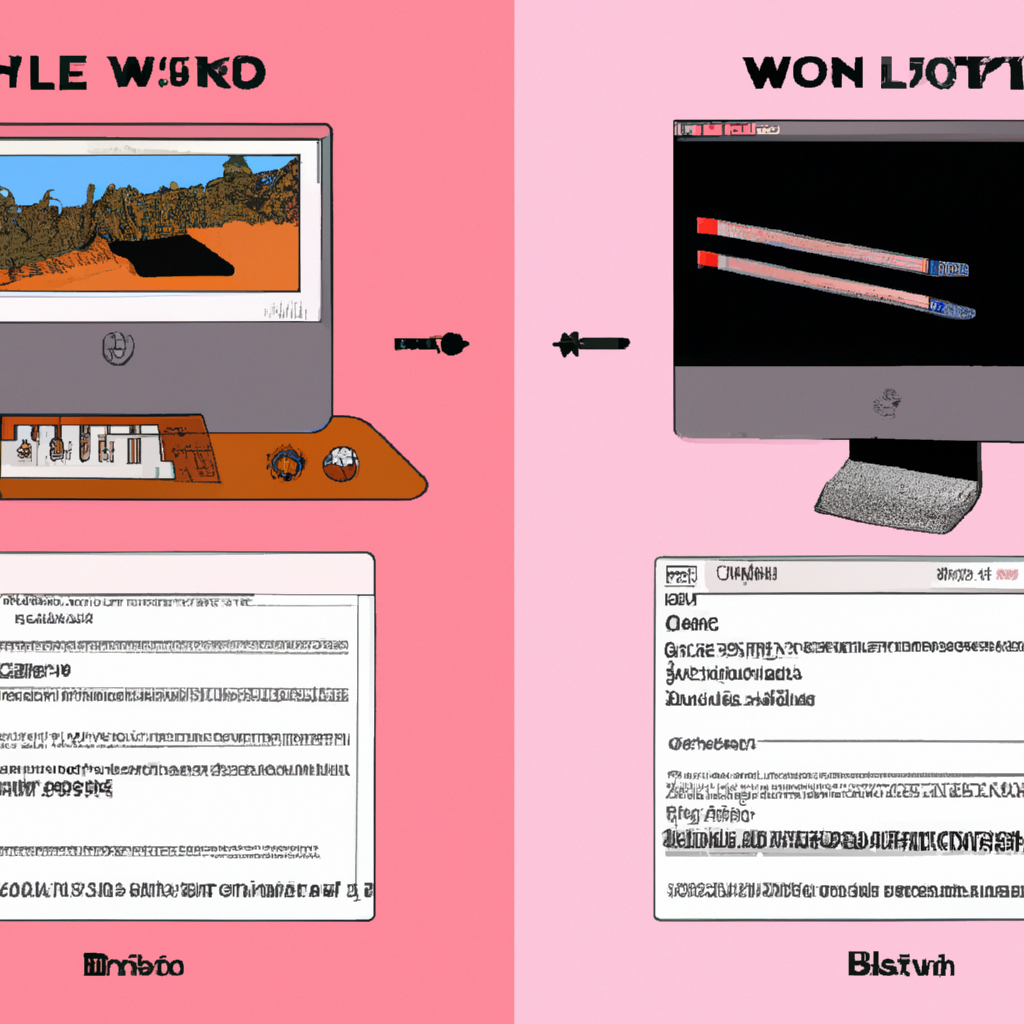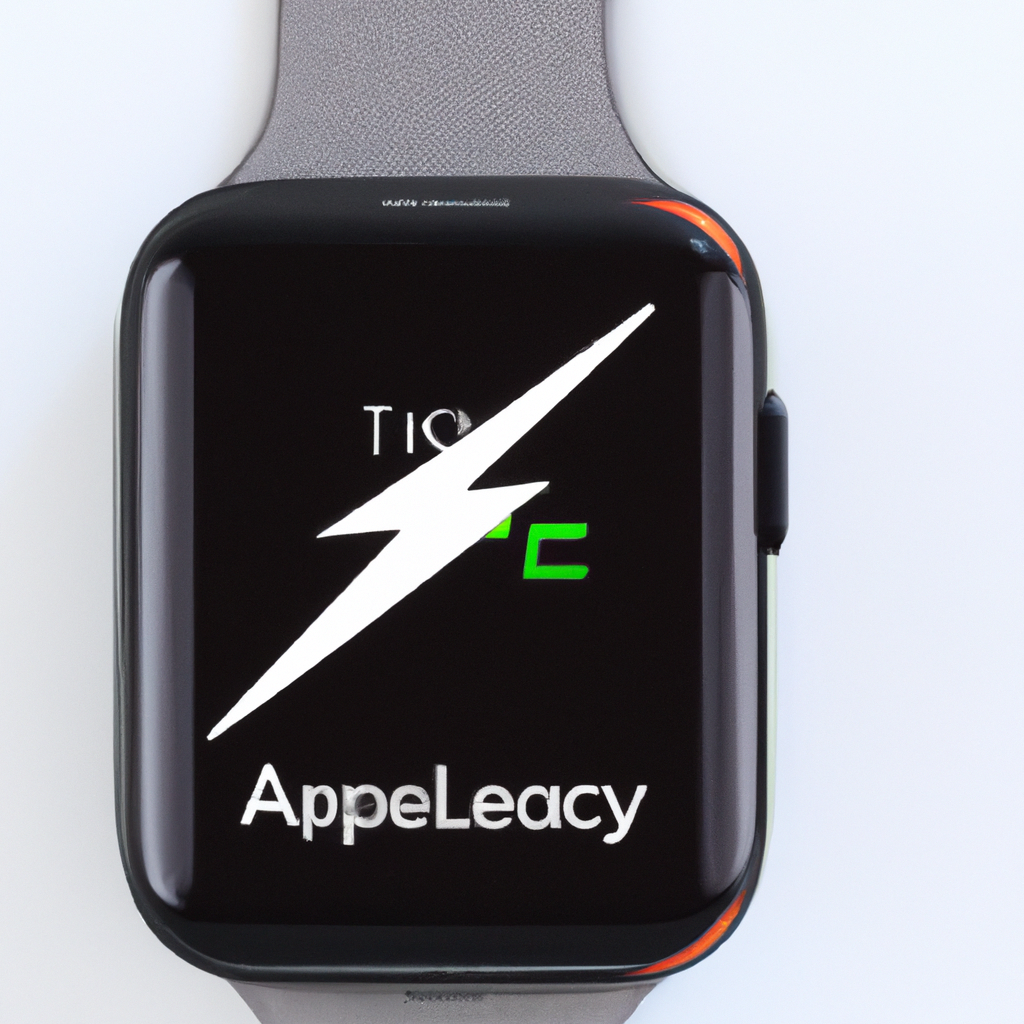-
Table of Contents
The Role of AI in Understanding Humor: A Comprehensive Analysis
Artificial intelligence (AI) has come a long way in recent years, with advancements in natural language processing and machine learning allowing AI systems to perform tasks that were once thought to be exclusive to human intelligence. One area where AI has made significant progress is in understanding and generating humor. AI can now crack jokes, but the question remains: does it really understand humor? New research sheds light on this intriguing topic.
Humor is a complex and subjective phenomenon that has puzzled philosophers, psychologists, and linguists for centuries. It involves the ability to perceive and appreciate incongruities, irony, and wordplay, among other things. While humans have an innate understanding of humor, teaching AI systems to comprehend and generate jokes is a challenging task.
Researchers have been exploring various approaches to tackle this problem. One approach involves training AI systems on large datasets of jokes, allowing them to learn patterns and structures that are commonly associated with humor. By analyzing vast amounts of jokes, AI systems can identify linguistic features and semantic relationships that contribute to the comedic effect.
However, simply training AI systems on jokes does not guarantee a deep understanding of humor. Humor is not solely dependent on linguistic patterns; it also relies on context, cultural references, and shared knowledge. For example, a joke that relies on a pun may be lost on someone who is not familiar with the language or the specific wordplay involved.
To address this limitation, researchers have been working on incorporating contextual information into AI systems. By considering the broader context in which a joke is made, AI systems can better understand the intended meaning and comedic effect. This includes taking into account the speaker’s tone, facial expressions, and the social dynamics of the situation.
Another aspect of humor that AI systems struggle with is the ability to generate original and creative jokes. While AI can generate jokes based on existing patterns and structures, creating truly novel and funny jokes requires a deeper level of understanding and creativity. It involves the ability to think outside the box, make unexpected connections, and play with language in innovative ways.
Recent research has shown promising results in this area. By combining techniques from natural language processing and computational creativity, AI systems have been able to generate jokes that are not only grammatically correct but also genuinely funny. These systems can generate puns, wordplay, and even jokes that involve multiple layers of humor.
However, despite these advancements, there is still a long way to go before AI can fully understand and appreciate humor in the same way humans do. Humor is deeply rooted in our emotions, experiences, and cultural backgrounds. It is a reflection of our unique perspectives and the way we perceive the world. AI systems, on the other hand, lack these subjective elements that make humor so personal and relatable.
In conclusion, while AI has made significant progress in understanding and generating humor, it still falls short of truly comprehending the intricacies of this complex phenomenon. AI systems can crack jokes and generate funny content, but their understanding of humor is limited to patterns, structures, and contextual information. The ability to appreciate humor on a deeper level, to understand the nuances and subtleties that make jokes funny, remains a uniquely human trait. As AI continues to evolve, it will be fascinating to see how researchers tackle this challenge and push the boundaries of AI’s understanding of humor.
Exploring the Limits of AI’s Comedic Abilities: A Humor Recognition Study
AI Can Crack Jokes, But Does It Really Understand Humor? Here’s What New Research Says.
Artificial Intelligence (AI) has come a long way in recent years, with advancements in natural language processing and machine learning allowing AI systems to perform tasks that were once thought to be exclusive to humans. One area where AI has made significant progress is in generating jokes. From chatbots to virtual assistants, AI-powered systems are now capable of cracking jokes that can sometimes even make us laugh. But the question remains: does AI truly understand humor?
To explore the limits of AI’s comedic abilities, a recent study delved into the realm of humor recognition. The researchers aimed to determine whether AI systems could not only generate jokes but also comprehend and recognize humor in human-generated jokes. The study involved training an AI model on a vast dataset of jokes and then testing its ability to recognize humor in a separate set of jokes.
The results of the study were intriguing. The AI model demonstrated a remarkable ability to generate jokes that were often clever and amusing. However, when it came to recognizing humor in human-generated jokes, the AI’s performance was less impressive. It struggled to grasp the nuances and subtleties that make jokes funny to humans.
One of the key challenges faced by AI in understanding humor is the reliance on patterns and statistical analysis. AI models are trained on large datasets, which enable them to identify patterns and generate jokes that adhere to those patterns. However, humor is not solely based on patterns. It involves a deep understanding of language, context, and cultural references, which can be difficult for AI systems to grasp.
For example, consider a pun, a common form of humor. Puns rely on wordplay and the multiple meanings of words. While an AI model can recognize the words and their meanings, it often fails to understand the underlying humor. It may generate a pun that technically makes sense but lacks the comedic effect that a human would appreciate.
Another challenge is the subjective nature of humor. What one person finds funny, another may not. Humor is influenced by personal experiences, cultural background, and individual preferences. AI systems, lacking personal experiences and cultural context, struggle to capture the subjective nature of humor. They may generate jokes that are technically correct but fail to resonate with human audiences.
Despite these challenges, the study also highlighted the potential for AI to improve its understanding of humor. By incorporating more sophisticated techniques, such as sentiment analysis and context-awareness, AI systems could enhance their ability to recognize and generate jokes that align with human humor.
Additionally, researchers are exploring the use of reinforcement learning to train AI models in humor recognition. By providing feedback and rewards based on the comedic quality of jokes, AI systems can learn to improve their understanding of humor over time.
While AI may not fully understand humor as humans do, its progress in generating jokes and recognizing humor is undeniably impressive. As AI continues to evolve, it is likely that we will see further advancements in its comedic abilities. However, for now, the art of humor remains firmly in the hands of humans, with AI serving as a helpful assistant in generating a chuckle or two.
Unveiling the Science Behind AI’s Joke Generation: Insights from Recent Research
Artificial intelligence (AI) has come a long way in recent years, with advancements in natural language processing and machine learning allowing AI systems to perform tasks that were once thought to be exclusive to human intelligence. One area where AI has made significant progress is in generating jokes. From chatbots to virtual assistants, AI systems are now capable of cracking jokes that can elicit laughter from their human counterparts. But the question remains: does AI truly understand humor?
Recent research has shed light on the science behind AI’s joke generation, providing insights into the inner workings of these systems. One study conducted by a team of researchers aimed to explore the extent to which AI systems comprehend humor. The researchers developed an experiment where participants were asked to rate jokes generated by AI on a scale of funniness. The results were intriguing.
The study found that while AI-generated jokes were able to elicit laughter from participants, the humor was often perceived as shallow or lacking in depth. This suggests that while AI systems can generate jokes that are amusing on the surface, they may not fully grasp the underlying nuances and complexities that make a joke truly funny. This raises questions about the extent to which AI can truly understand humor and whether it can ever replicate the wit and creativity of human comedians.
One possible explanation for this limitation is that AI systems lack the ability to comprehend context and social cues, which are crucial elements in humor. Human comedians often rely on their understanding of cultural references, wordplay, and timing to deliver jokes that resonate with their audience. AI systems, on the other hand, rely on algorithms and data to generate jokes, which may result in a more formulaic and predictable style of humor.
Another factor that may contribute to AI’s limited understanding of humor is the absence of emotions. Humor is often deeply rooted in human emotions, and our ability to find something funny is influenced by our experiences, beliefs, and personal preferences. AI systems, being devoid of emotions, may struggle to fully grasp the emotional nuances that underpin humor, leading to jokes that feel detached or lacking in authenticity.
Despite these limitations, AI’s ability to generate jokes should not be dismissed entirely. In fact, some argue that AI-generated humor has its own unique charm. The predictability and simplicity of AI-generated jokes can be appealing in their own right, offering a different kind of humor that some people may find enjoyable. Additionally, AI systems have the potential to learn and improve over time, which could lead to more sophisticated and nuanced joke generation in the future.
Understanding the science behind AI’s joke generation is not only fascinating but also has practical implications. As AI becomes more integrated into our daily lives, it is important to consider how these systems can be designed to better understand and cater to human humor. This could involve incorporating more contextual information, refining algorithms to capture the subtleties of humor, or even exploring ways to imbue AI systems with a sense of humor.
In conclusion, while AI has made significant strides in generating jokes, recent research suggests that it may still have a long way to go in truly understanding humor. The limitations in comprehending context, social cues, and emotions pose challenges for AI systems in replicating the wit and creativity of human comedians. However, AI-generated humor has its own unique appeal and potential for improvement. As we continue to explore the possibilities of AI, understanding the science behind its joke generation can help us unlock new avenues for enhancing human-AI interactions and creating a more humorous future.
AI’s Humor Comprehension: Debunking Myths and Unveiling Truths
AI Can Crack Jokes, But Does It Really Understand Humor? Here’s What New Research Says.
Artificial Intelligence (AI) has come a long way in recent years, with advancements in natural language processing and machine learning allowing AI systems to perform tasks that were once thought to be exclusive to humans. One such task is understanding and generating humor. AI can now crack jokes, but the question remains: does it really understand humor? New research suggests that the answer is not as straightforward as we might think.
There is a common misconception that AI systems can fully comprehend humor in the same way that humans do. However, recent studies have shown that while AI can generate jokes that are grammatically correct and contextually relevant, it often lacks the deeper understanding of humor that humans possess. This is because humor is a complex cognitive process that involves not only linguistic knowledge but also social and cultural context.
To understand humor, humans rely on their ability to recognize incongruities, make connections between seemingly unrelated concepts, and understand the underlying intentions and emotions behind a joke. AI, on the other hand, lacks the inherent ability to grasp these nuances. It can analyze patterns in language and generate jokes based on statistical models, but it struggles to truly comprehend the essence of humor.
One study conducted by researchers at the University of California, Berkeley, aimed to shed light on AI’s humor comprehension. They developed an AI system that could generate jokes based on a large dataset of jokes from the internet. While the AI system was able to generate jokes that were syntactically correct and semantically coherent, it often failed to capture the subtleties of humor that humans find amusing.
The researchers found that the AI-generated jokes lacked the element of surprise that is crucial to humor. They also discovered that the AI system struggled to understand jokes that relied on wordplay or puns, as these require a deep understanding of language and context. In essence, the AI system could mimic the structure of jokes, but it fell short in capturing the essence of what makes a joke funny.
Another study conducted by researchers at the Massachusetts Institute of Technology (MIT) explored the cultural aspect of humor comprehension. They found that AI systems trained on jokes from one culture often struggled to generate jokes that were funny to people from different cultures. This highlights the importance of cultural context in humor and the limitations of AI systems in understanding and generating jokes that resonate across different cultural backgrounds.
While AI may not fully understand humor in the same way that humans do, it still has its place in the world of comedy. AI-generated jokes can be entertaining and even amusing, especially when they are used in specific contexts such as chatbots or virtual assistants. However, it is important to recognize the limitations of AI in humor comprehension and not expect it to replace human comedians anytime soon.
In conclusion, while AI has made significant progress in generating jokes, it still falls short in truly understanding humor. The complexity of humor, which involves linguistic, social, and cultural factors, poses a challenge for AI systems. While AI-generated jokes can be entertaining, they often lack the deeper understanding and nuances that humans find amusing. As AI continues to evolve, researchers and developers will need to explore new approaches to bridge this gap and enhance AI’s humor comprehension capabilities. Until then, the role of AI in comedy will remain a fascinating area of research and exploration.
Q&A
1. What does new research say about AI’s ability to understand humor?
New research suggests that AI can crack jokes, but it does not necessarily understand humor.
2. Can AI truly comprehend the nuances of humor?
No, AI does not possess the ability to fully comprehend the nuances of humor.
3. Is AI’s ability to crack jokes a sign of understanding humor?
No, AI’s ability to crack jokes does not indicate a genuine understanding of humor.
4. What does the research indicate about AI’s understanding of humor?
The research indicates that AI’s ability to generate jokes does not necessarily imply a true understanding of humor.New research suggests that while AI can crack jokes, it does not necessarily understand humor.


